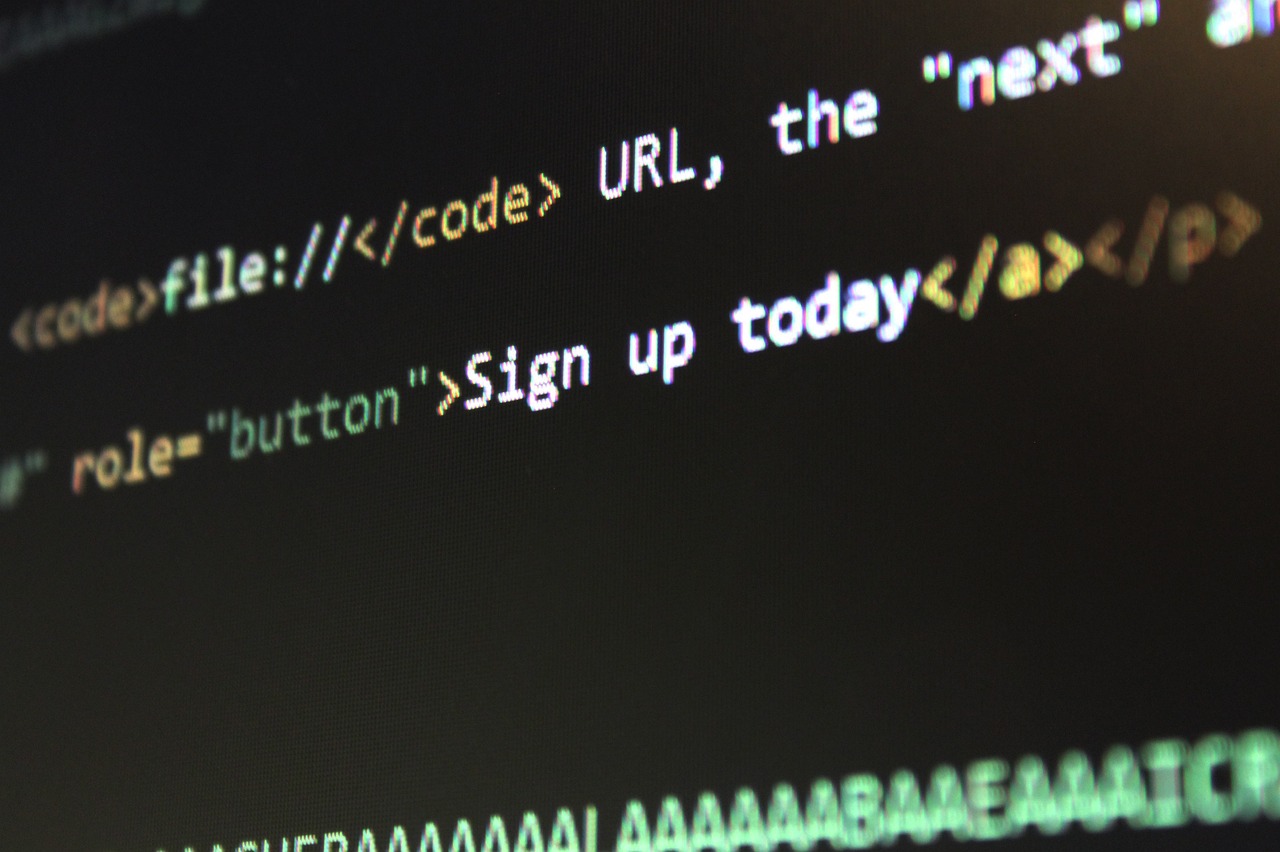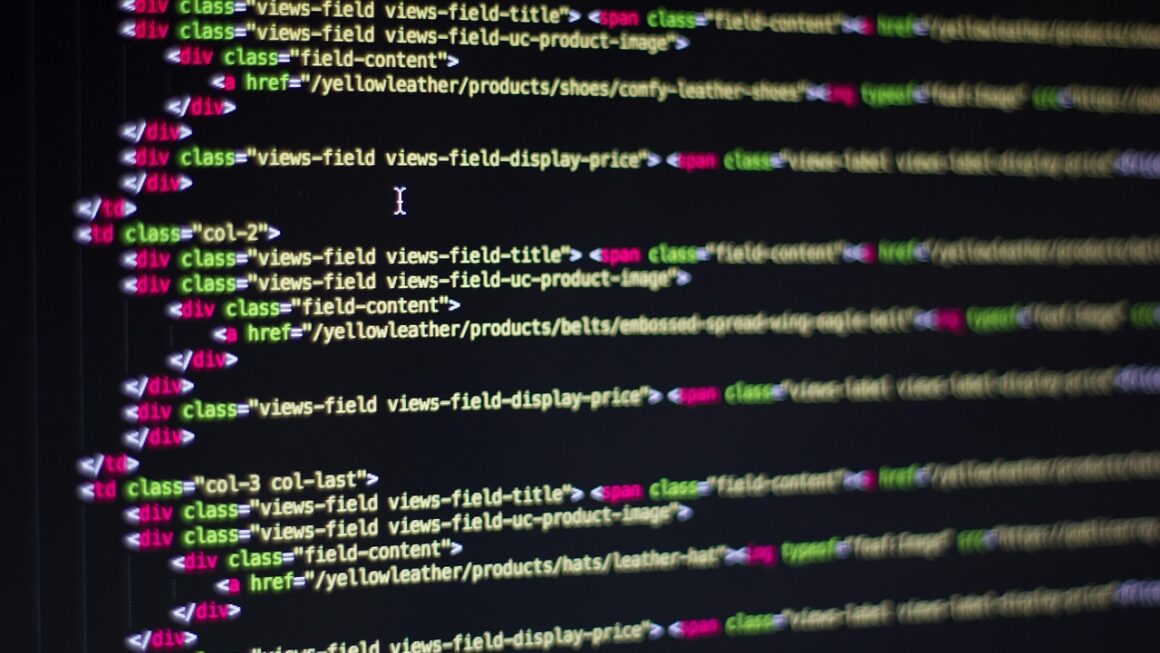Imagine a world where your code is not just functional, but also secure, efficient, and adheres to the highest coding standards, all while saving you valuable time and resources. This is the promise of AI code review – a revolutionary approach to software development that leverages the power of artificial intelligence to enhance the code review process. In this blog post, we’ll explore how AI code review is transforming the software development landscape and how you can leverage it to build better, more robust applications.
What is AI Code Review?
Traditional Code Review vs. AI Code Review
Traditional code review involves human developers manually examining code changes, looking for potential bugs, security vulnerabilities, and adherence to coding guidelines. This process, while valuable, can be time-consuming, subjective, and prone to human error. AI code review, on the other hand, utilizes machine learning algorithms to automate this process. These algorithms are trained on vast datasets of code and are capable of identifying patterns and anomalies that might be missed by human reviewers.
How AI Code Review Works
AI code review tools typically integrate with your existing development workflow and version control system (e.g., Git). When new code is submitted, the AI engine automatically analyzes the changes and generates a report highlighting potential issues. This analysis usually includes:
- Bug Detection: Identifying potential errors and logical flaws in the code.
- Security Vulnerabilities: Scanning for security risks such as SQL injection, cross-site scripting (XSS), and other common vulnerabilities.
- Code Style Violations: Enforcing adherence to coding standards and best practices.
- Code Complexity: Measuring the complexity of the code and identifying areas that may be difficult to understand or maintain.
- Duplication Detection: Finding duplicate code blocks that could be refactored into reusable components.
Benefits of Implementing AI Code Review
AI-powered code review offers a multitude of advantages:
- Increased Efficiency: Automate repetitive tasks and free up developers to focus on more complex problems.
- Improved Code Quality: Catch bugs and vulnerabilities early in the development cycle, leading to more robust and reliable software.
- Faster Development Cycles: Reduce the time spent on code review, accelerating the development process.
- Consistent Code Standards: Enforce coding standards and best practices consistently across the entire codebase.
- Enhanced Security: Identify and mitigate security vulnerabilities before they can be exploited.
- Reduced Costs: Lower development costs by catching errors early and reducing the need for rework.
- Objective Analysis: AI provides impartial feedback, reducing subjectivity in the code review process.
Integrating AI Code Review into Your Workflow
Choosing the Right AI Code Review Tool
Selecting the right AI code review tool depends on your specific needs and technology stack. Consider factors such as:
- Programming Languages Supported: Ensure the tool supports the languages used in your project.
- Integration with Existing Tools: Seamless integration with your version control system (e.g., GitHub, GitLab, Bitbucket) and CI/CD pipeline is crucial.
- Customizability: The ability to customize rules and settings to align with your specific coding standards and security policies.
- Reporting and Analytics: Comprehensive reporting and analytics capabilities to track code quality metrics and identify trends.
- Pricing Model: Understand the pricing model and ensure it aligns with your budget.
Some popular AI code review tools include:
SonarQube: A widely used open-source platform for continuous inspection of code quality.
DeepSource: An automated code review tool that analyzes code for bugs, security vulnerabilities, and performance issues.
Codacy: A code analytics platform that helps you track code quality metrics and enforce coding standards.
Amazon CodeGuru Reviewer: A service that uses machine learning to identify critical defects and hard-to-find bugs during application development.
Setting Up and Configuring Your AI Code Review Tool
Once you’ve chosen a tool, the next step is to set it up and configure it to meet your specific needs. This typically involves:
- Connecting to Your Version Control System: Integrate the tool with your Git repository to automatically analyze code changes.
- Defining Coding Standards: Configure the tool to enforce your specific coding standards and best practices. This may involve defining rules for naming conventions, code formatting, and complexity limits.
- Setting Security Policies: Configure the tool to scan for security vulnerabilities based on your organization’s security policies. This may involve defining rules for identifying common vulnerabilities such as SQL injection and XSS.
- Customizing Rules: Tailor the AI code review rules to match the unique characteristics of your project. For example, you may want to create custom rules to enforce specific architectural patterns or design principles.
Example Configuration
Let’s say you are using SonarQube and want to enforce a rule that all methods should have Javadoc comments. You can configure SonarQube to flag methods without Javadoc as a violation of your coding standards. You can define this rule within SonarQube’s quality profile settings. When developers submit code without Javadoc comments, SonarQube will automatically identify and report these violations, prompting developers to address them.
Overcoming Challenges in AI Code Review
False Positives and False Negatives
Like any automated system, AI code review tools are not perfect and can sometimes generate false positives (incorrectly flagging code as problematic) or false negatives (missing actual issues). To mitigate this, it’s crucial to:
- Fine-tune the Rules: Regularly review and adjust the rules to minimize false positives and improve accuracy.
- Provide Feedback to the AI: Many AI code review tools allow you to provide feedback on the analysis results. This helps the AI learn and improve its accuracy over time.
- Combine with Human Review: AI code review should complement, not replace, human review. Use AI to identify potential issues and then have human reviewers examine the code more closely to confirm the findings.
Ensuring Developer Buy-In
One of the biggest challenges in implementing AI code review is ensuring that developers embrace the new tool. To overcome this challenge:
- Communicate the Benefits: Clearly communicate the benefits of AI code review to developers, emphasizing how it can help them improve their code quality and save time.
- Provide Training: Offer training on how to use the AI code review tool and how to interpret the analysis results.
- Encourage Collaboration: Foster a culture of collaboration and encourage developers to share their experiences with the AI code review tool.
Managing the Volume of Feedback
AI code review tools can generate a significant amount of feedback, which can be overwhelming for developers. To manage this:
- Prioritize Issues: Configure the tool to prioritize issues based on severity. Focus on addressing the most critical issues first.
- Automate Remediation: Some AI code review tools offer automated remediation features that can automatically fix certain types of issues.
- Integrate with Issue Tracking Systems: Integrate the AI code review tool with your issue tracking system (e.g., Jira) to automatically create tickets for identified issues.
The Future of AI in Code Review
Advanced AI Capabilities
The future of AI code review is bright, with advancements in machine learning promising even more sophisticated capabilities. Expect to see:
- Predictive Code Analysis: AI systems that can predict potential bugs and vulnerabilities before they even occur.
- Automated Code Refactoring: AI tools that can automatically refactor code to improve its readability, maintainability, and performance.
- Personalized Recommendations: AI-powered recommendations tailored to individual developers based on their coding style and experience.
Integration with Other Development Tools
AI code review will become increasingly integrated with other development tools, such as IDEs, CI/CD pipelines, and project management systems, creating a seamless and integrated development experience.
Increased Adoption
As AI code review tools become more mature and accessible, we can expect to see increased adoption across a wider range of industries and organizations. According to a recent report, the global AI in code review market is projected to grow significantly in the coming years.
Conclusion
AI code review is revolutionizing the software development process, offering a powerful way to improve code quality, enhance security, and accelerate development cycles. By embracing AI code review, organizations can build better, more robust applications and stay ahead of the competition. While challenges exist, careful planning, proper tool selection, and effective communication can pave the way for successful implementation. As AI technology continues to advance, the future of code review is undoubtedly intelligent and automated. Start exploring AI code review tools today and unlock the full potential of your development team.




